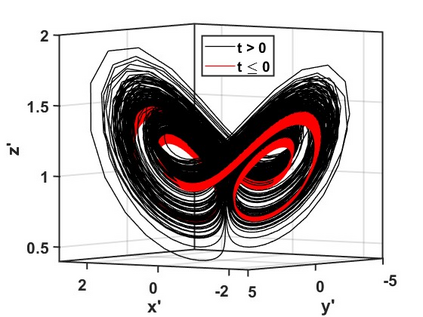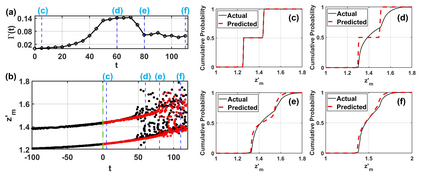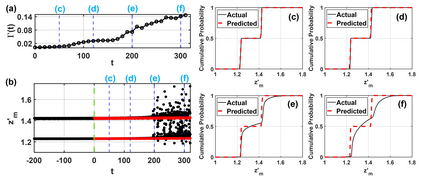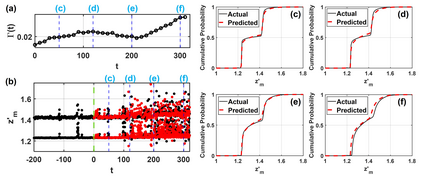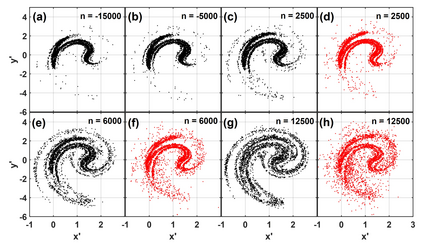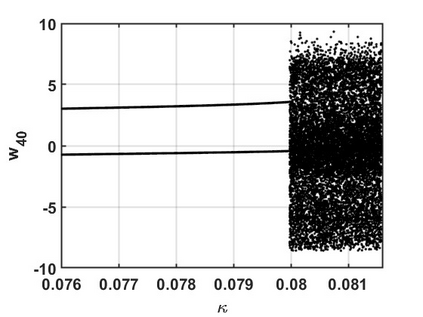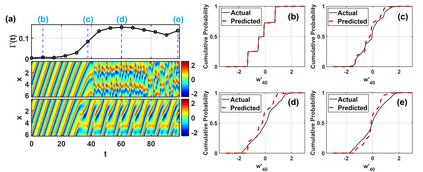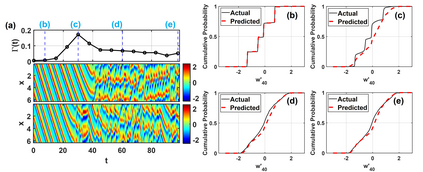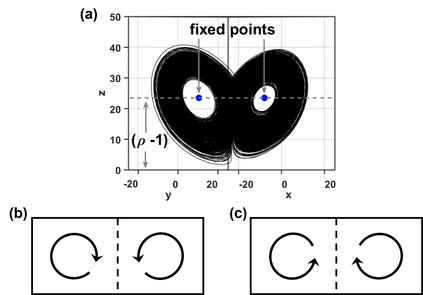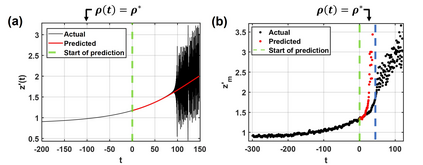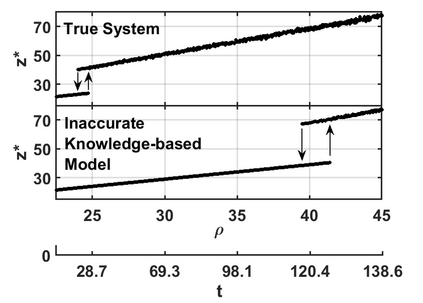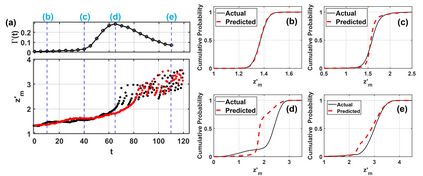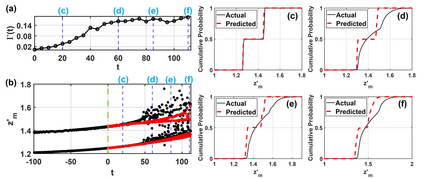In this paper we consider the machine learning (ML) task of predicting tipping point transitions and long-term post-tipping-point behavior associated with the time evolution of an unknown (or partially unknown), non-stationary, potentially noisy and chaotic, dynamical system. We focus on the particularly challenging situation where the past dynamical state time series that is available for ML training predominantly lies in a restricted region of the state space, while the behavior to be predicted evolves on a larger state space set not fully observed by the ML model during training. In this situation, it is required that the ML prediction system have the ability to extrapolate to different dynamics past that which is observed during training. We investigate the extent to which ML methods are capable of accomplishing useful results for this task, as well as conditions under which they fail. In general, we found that the ML methods were surprisingly effective even in situations that were extremely challenging, but do (as one would expect) fail when ``too much" extrapolation is required. For the latter case, we investigate the effectiveness of combining the ML approach with conventional modeling based on scientific knowledge, thus forming a hybrid prediction system which we find can enable useful prediction even when its ML-based and knowledge-based components fail when acting alone. We also found that achieving useful results may require using very carefully selected ML hyperparameters and we propose a hyperparameter optimization strategy to address this problem. The main conclusion of this paper is that ML-based approaches are promising tools for predicting the behavior of non-stationary dynamical systems even in the case where the future evolution (perhaps due to the crossing of a tipping point) includes dynamics on a set outside of that explored by the training data.
翻译:在本文中,我们考虑了与未知(或部分未知)的、非静止的、潜在噪音和混乱的动态系统的时间演变相关的时间演变过程相关的机器学习(ML)任务,即预测临界点的过渡以及长期登点后行为。我们侧重于一个特别具有挑战性的情况,即用于ML培训的过去动态状态时间序列主要位于州空间的有限区域,而所预测的行为在更大的国家空间上演进,而ML模型在培训期间甚至没有完全观察到。在这种情况下,ML预测系统必须有能力推断过去的不同动态(在培训期间所观察到的),非静止的、潜在的噪音和混乱。我们调查ML方法在多大程度上能够为这项任务取得有用的结果,以及这些方法在这种非常困难的情况下,我们发现即使在非常困难的情况下,ML方法也是令人惊讶的,但是(人们会期望)在需要"太多的"基于基础的"外推力"时,也会失败。在后一种情况下,我们调查将ML方法与基于科学知识的常规模拟方法结合起来的有效性,因此,我们也可以在外部的预测中找到一个有效的模型,因此,在选择的ML系统需要这样的结果。


